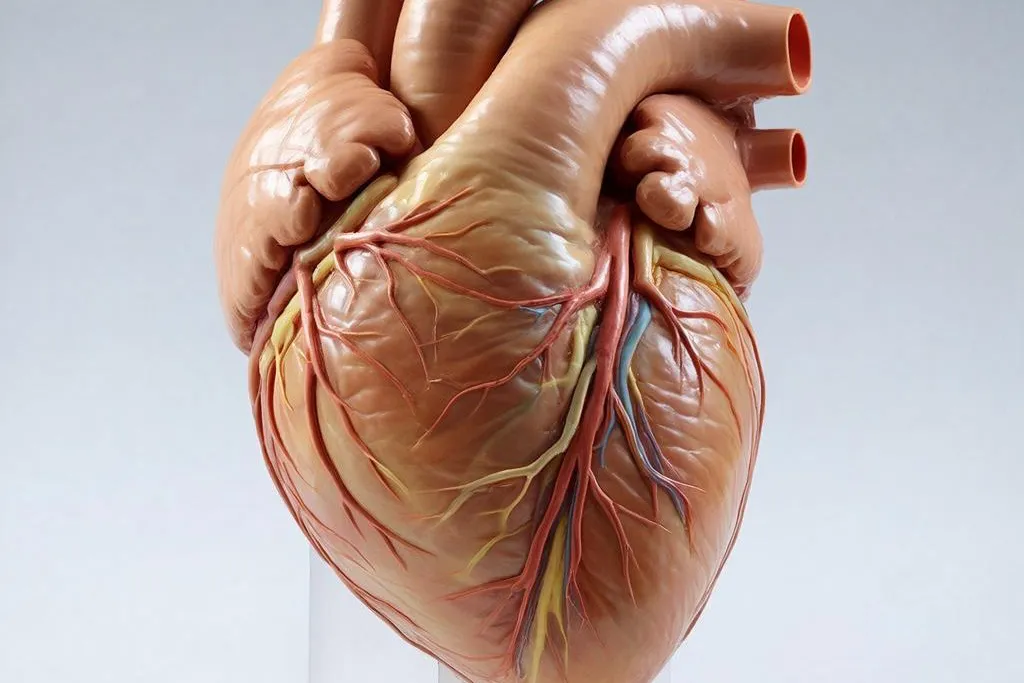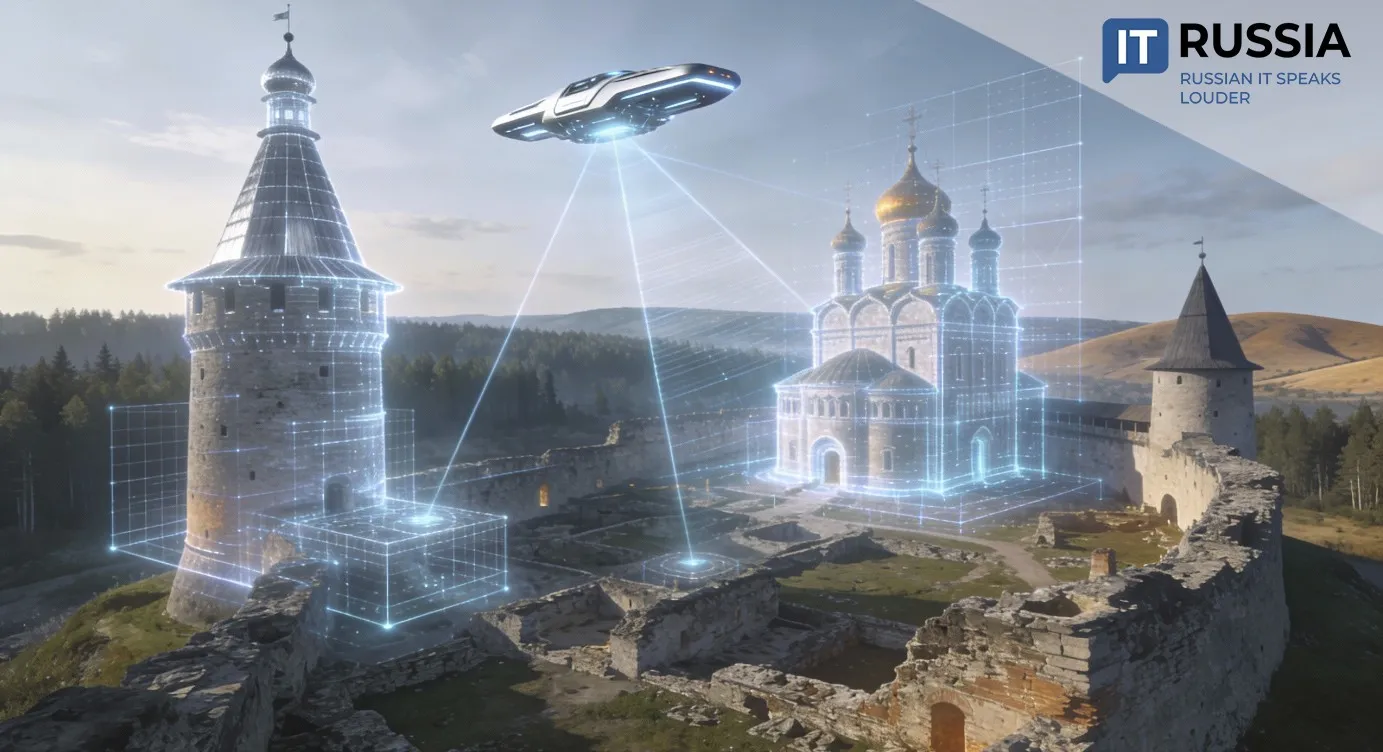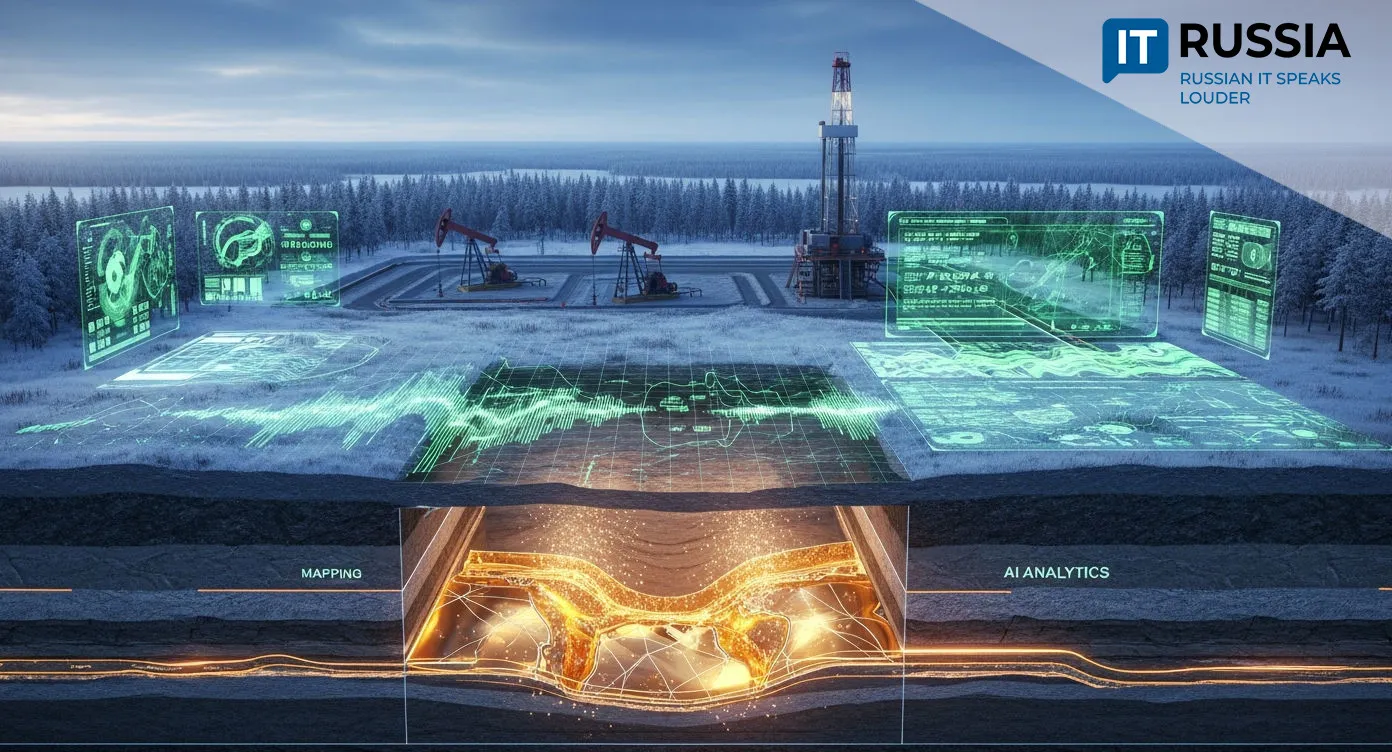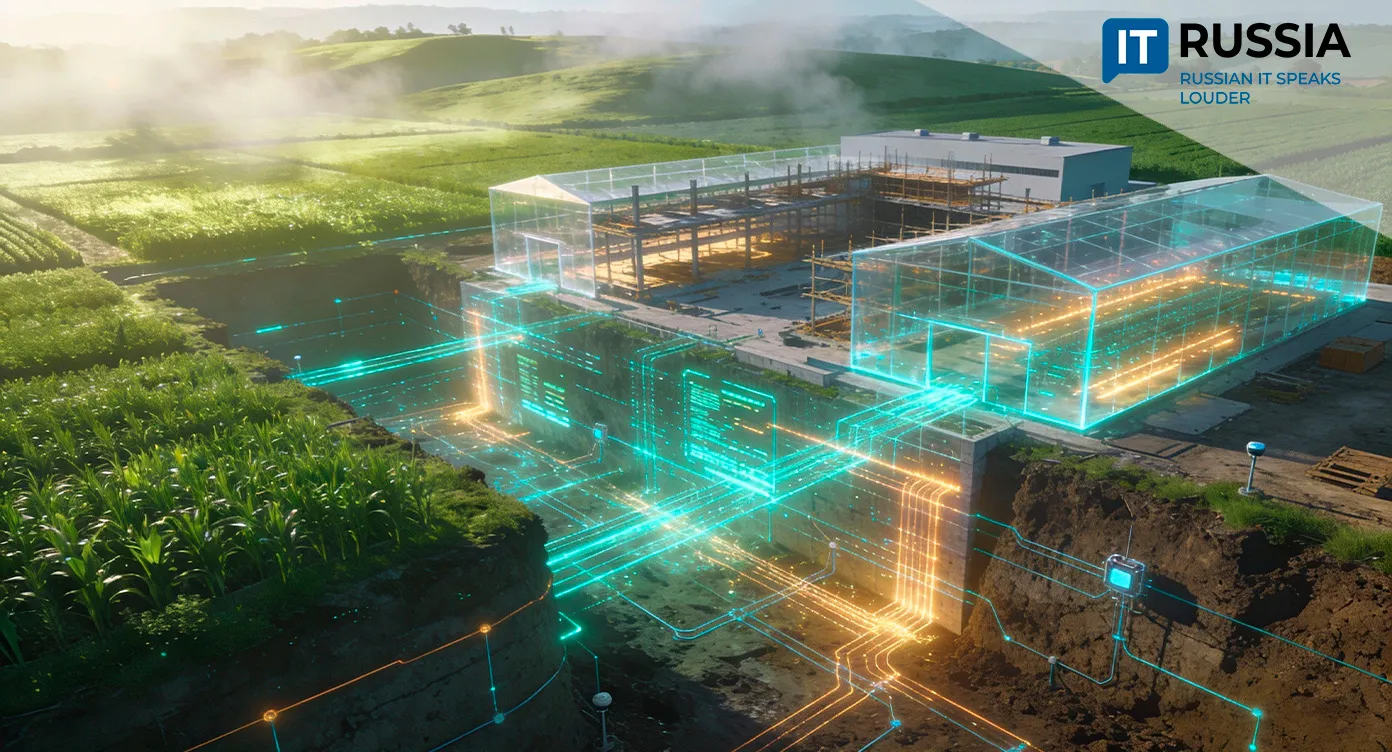Beauty Will Save the World, and Technology Will Save Art
Russian researchers have built a digital model to restore the Arch of Palmyra, a UNESCO heritage site destroyed during the Syrian conflict. With advanced technologies, global cooperation, and cultural diplomacy, the project shows how digital tools can rescue humanity’s most fragile treasures.
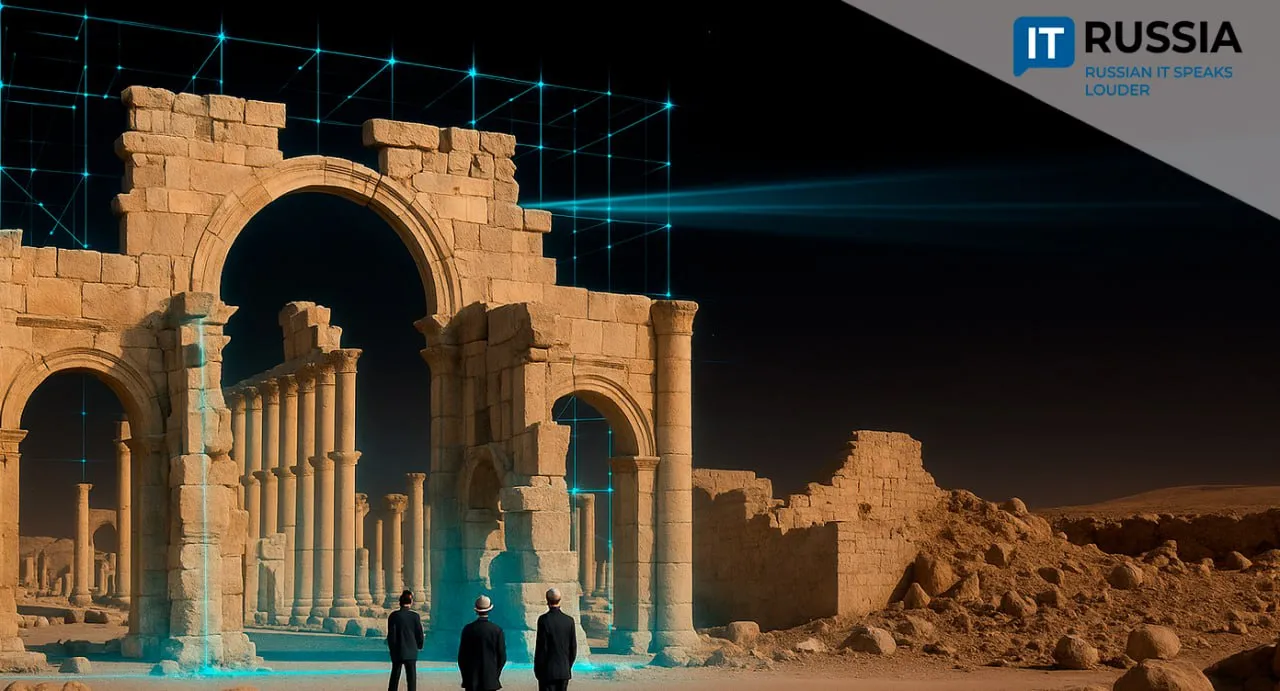
A Challenge for Restorers
At the International Forum of United Cultures in St. Petersburg, scientists presented a project to restore the famous arch of ancient Palmyra. The monument, built under Roman Emperor Septimius Severus, was partly destroyed by militants in 2015 during the Syrian civil war—its central section and one pylon blown apart with dynamite.
Because of the site’s exceptional artistic and historical value, international specialists joined forces to save it. The effort is led by the Center for Rescue Archaeology of the Institute for the History of Material Culture at the Russian Academy of Sciences, in partnership with Syria’s Department of Antiquities. After archaeological fieldwork was completed, experts from the State Hermitage Museum, architect Maxim Atayants’s bureau, and Studio 44 joined the restoration team.
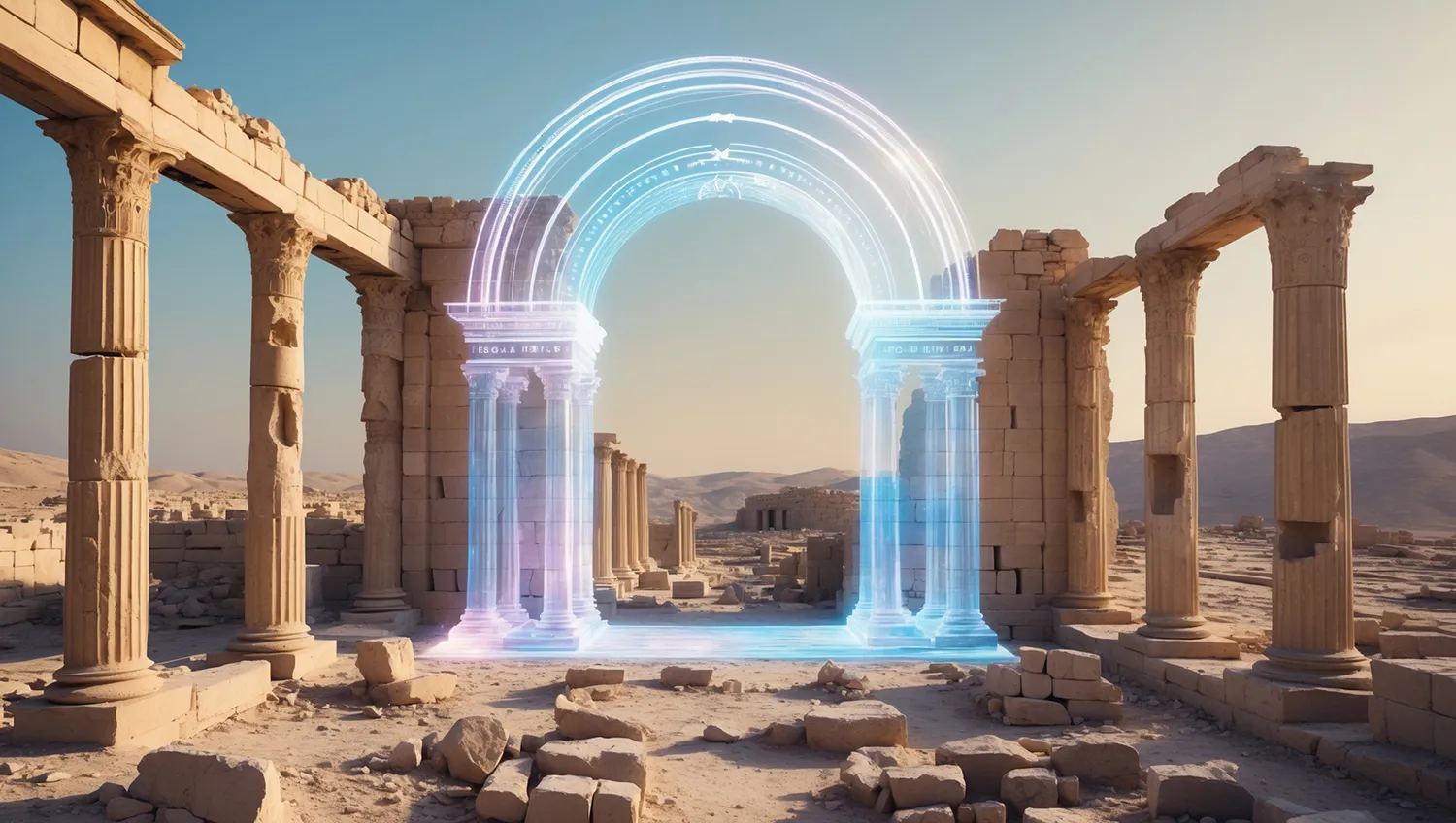
Unlike restoring buildings damaged by fire, earthquakes, or time, reconstructing Palmyra’s arch requires a different approach: this was deliberate destruction, leaving an unprecedented pattern of ruin.
Scanning Every Surviving Stone
Without modern technologies, restoration would be impossible. First, researchers carried out surface imaging to assess the monument’s condition and catalog the remaining fragments that could serve as anchors for reconstruction.
In recent years, archaeologists have turned to BIM (Building Information Modeling) for heritage projects. Applied to structures with layered histories, BIM goes beyond 3D scanning by creating parametric models that map interdependencies between architectural elements.
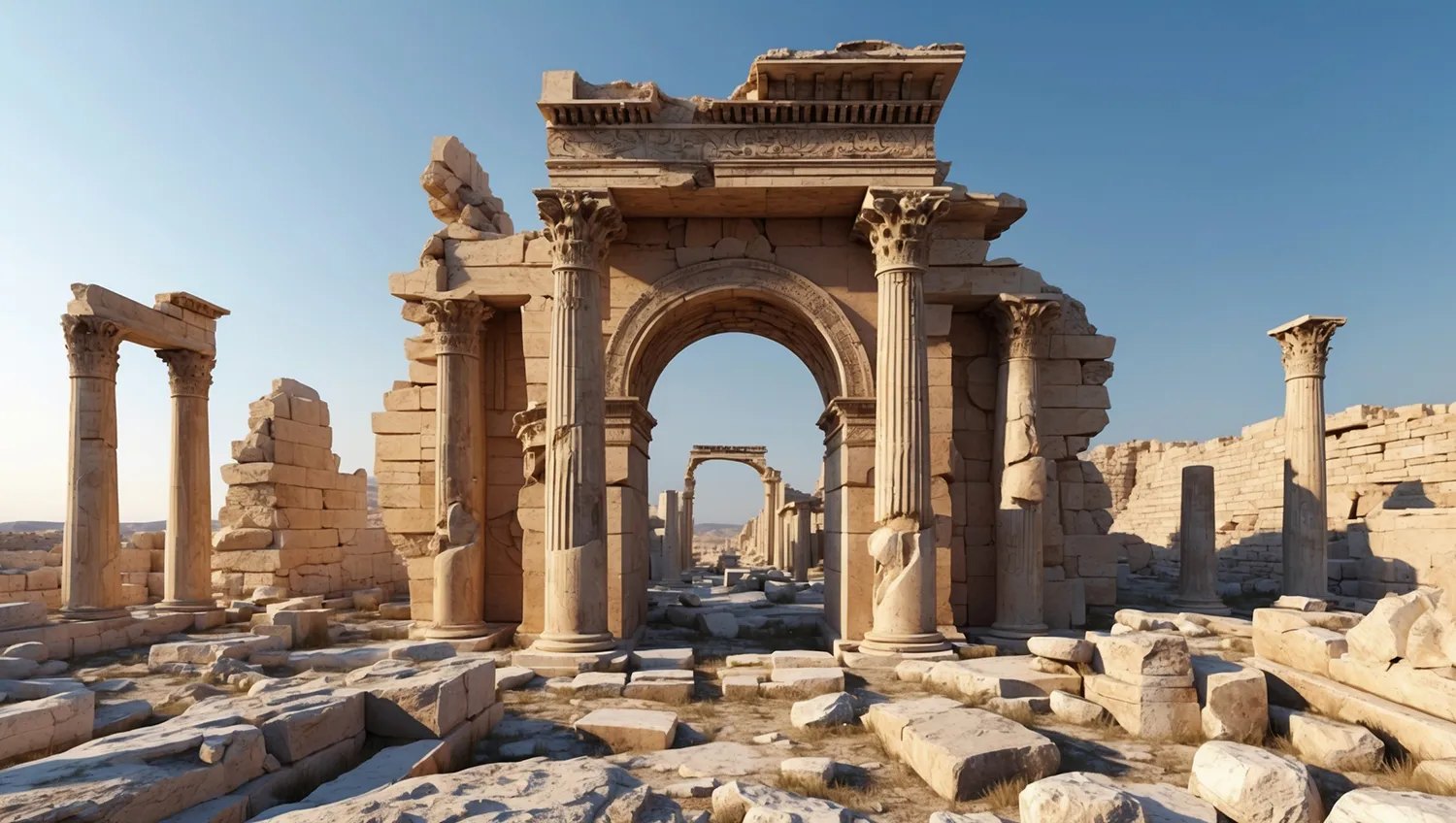
Teams conducted archaeological clearing and recorded debris, scanning each fragment to build individual 3D models. These digital replicas were then virtually repositioned, allowing specialists to recreate the original structure with striking precision. In the process, they generated a high-fidelity digital copy of the entire Palmyra site, covering 21 square kilometers. Experts estimate full restoration could take about three years.
Cultural Dialogue as Diplomacy
At a time when cultural sites face threats from natural disasters, war, and terrorism, new technologies are reshaping how we safeguard global heritage.
The Palmyra project illustrates the importance of international collaboration in protecting shared cultural values. Russian specialists have coordinated their work with global experts, underscoring the initiative’s significance for world heritage.
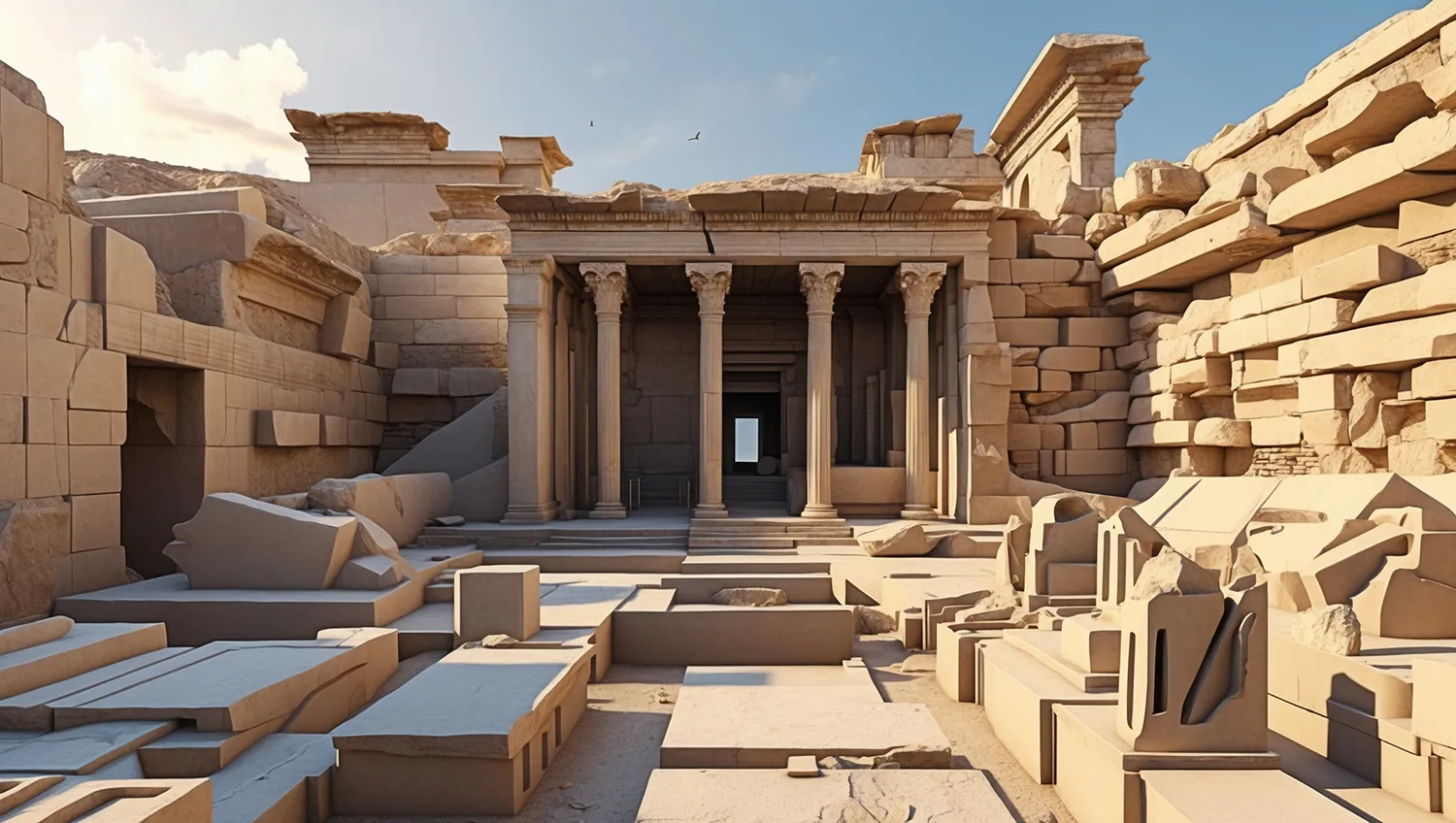
BIM, photogrammetry, and digital reconstruction usage sets new standards for cultural preservation. It also demonstrates the capabilities of Russian research institutes and technology firms in digital restoration—competencies increasingly in demand across the globe. Participation in such projects not only preserves monuments but also fosters trust between nations, turning culture into a tool of diplomacy.



